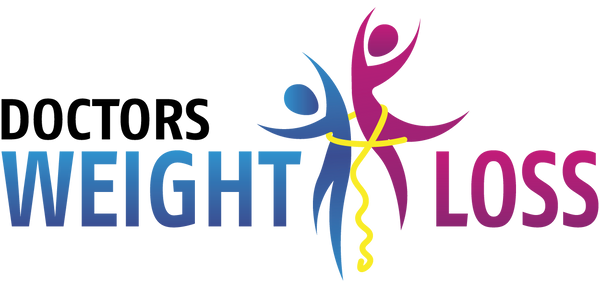A very recent scientific report on dietary guidelines for Americans just announced the promotion of seafood consumption during pregnancy. Fish has been a long-debated topic for expectant mothers due to heavy metal content, however, the outdated recommendations to limit consumption was probably doing more harm than good.
It’s estimated that pregnant women only eat around two ounces of seafood per week and this has likely been influenced by the fact that women have been scared away from seafood while expecting. As a nutritionist who has a passion for prenatal dietetic, I am very pleased to see the new recommendation for pregnant women is to consume eight to 12 ounces of seafood per week, which is six times more seafood than they are getting now!
Why is this new recommendation critical? We all know folate as the main pregnancy nutrition superstar since it prevents neural tube defects, however, Omega-3 fatty acids are just as important as they are the key players in fetal eye and brain development. Your body cannot manufacture these fats so one must get them food. There are three important types of omega-3 fatty acids and they come from two primary dietary sources:
-EPA (eicosapentaenoic acid) and DHA (docosahexaenoic acid) are mostly found in fatty seafood such as salmon, tuna, anchovies, mussels, and oysters.
-Alpha-linolenic acid (ALA) comes from vegetable oils, nuts, flaxseeds and flaxseed oil, and leafy vegetables.
The vital health benefits attributed to omega-3 fatty acids come from EPA and DHA. Seafood, by leaps and bounds, is the best dietary source of DHA and is really the only food which will give adequate amounts of the fatty acid. The body converts ALA into EPA, but in very little amounts--the conversion is usually less than five percent.
In addition to the omega-3 fatty acids, seafood such as salmon, herring, sardines, and tuna are the best dietary sources of vitamin D. New research suggests that pregnant women who get higher amounts of vitamin D greatly reduce their chances of complications from pre-term birth, gestational diabetes, and infection. Between the fatty acids and vitamin D found in fish, it truly is a super food which should taken seriously during pregnancy.
Of course there are some fish to avoid if pregnant due to high heavy metal content such as tile fish, shark, swordfish, and mackerel. On the other hand, there are many types of fish that are extremely beneficial to mother and growing baby. Wild salmon, for example, is relatively low in mercury but high in omega-3 fatty acids and vitamin D. Despite the older recommendations which stated that pregnant women should be weary of seafood due to potential heavy metal content, I consumed at least three servings per week while I was expecting but I was sure to follow this list of low-mercury seafood from the Natural Resources Defense Council:
Anchovies, Butterfish, Catfish, Clam, Crab, Crawfish, Flounder, Haddock, Hake, Herring, Mullet, Oyster, Perch, Plaice, Pollock, Salmon (fresh or canned), Sardine, Scallop, Shrimp, Sole (Pacific), Squid, and Trout (freshwater).
*One tip about canned tuna--chunk light tuna comes from a smaller and younger fish so it is three times lower in mercury than the older and larger solid white albacore.
If you’re not expecting, you may be wondering how this information pertains to you. Even non-expecting people have always been advised to limit seafood consumption more than needed, and that limitation of possible low levels of mercury does not outweigh the benefits of the omega-3 fatty acids one would miss out on. If pregnant women are now advised to eat between eight and 12 ounces of seafood per week due to the benefits of omega-3 fatty acids and vitamin D, you can be certain that your guideline may even be a little higher. DHA and EPA found in seafood are critical for eye, brain, and even heart health for everyone--not just an expectant mother and baby.






